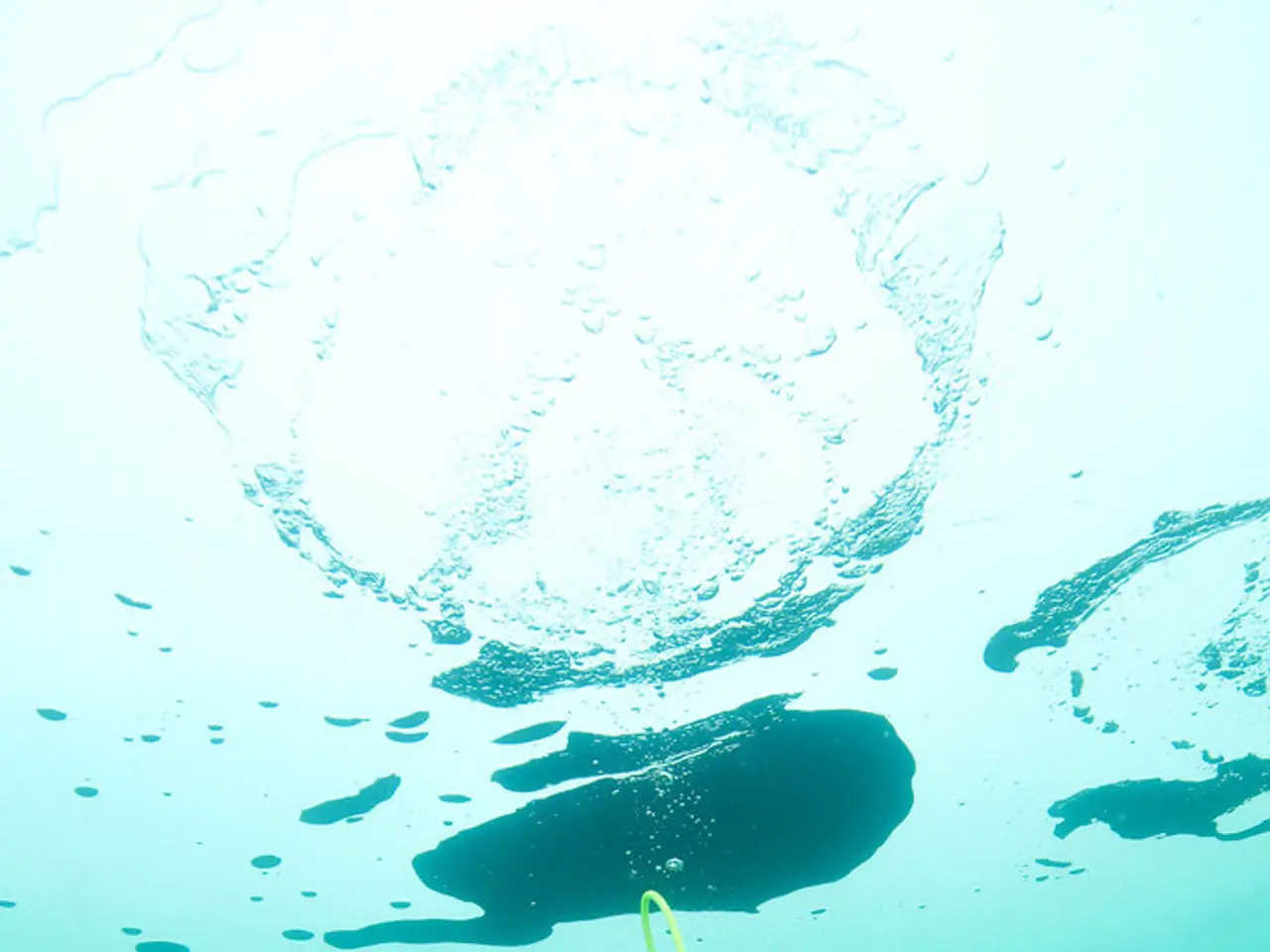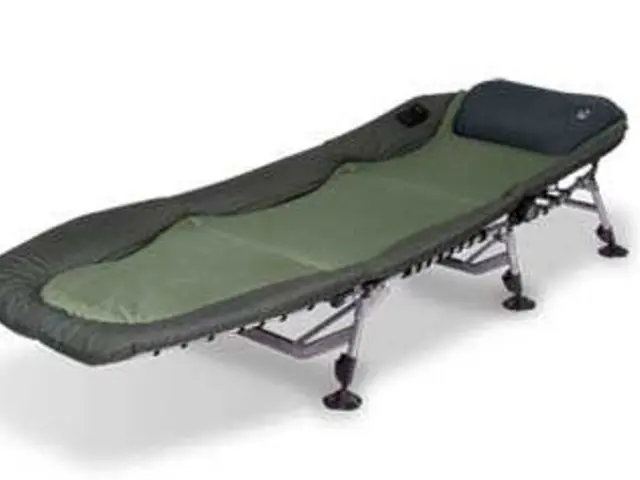Underwater Temperature Test for Canon EOS R5 Camera Model
Canon EOS R5's Underwater Overheating and Recovery Times
The Canon EOS R5, a popular camera for video recording, has garnered attention for its overheating issues, particularly when recording high-resolution or high-framerate 8K video. This is especially true in underwater scenarios where heat dissipation is hindered.
Here's a breakdown of the EOS R5's overheating and recovery times under different conditions:
- For 8K 30p video recording, the camera can record up to approximately 15-20 minutes before overheating shuts down recording to protect the sensor and internal components. Underwater housings may reduce heat dissipation, potentially shortening this time.
- For 4K 60p recording, the camera can record longer, often up to about 1 hour in some conditions, but overheating can still occur depending on ambient temperature and shooting conditions.
- It's important to note that the EOS R5 does not have a dedicated internal cooling system. The EOS R5 II addressed some overheating issues by adding a cooling fan, but the original EOS R5 relies on passive cooling.
- After overheating shuts the camera down, recovery times to resume recording typically range from several minutes up to 20 minutes or more, depending on how hot the camera got and ambient conditions. Underwater use might extend recovery times since heat dissipation is hindered inside a waterproof housing and surrounded by water.
- Shooting in lower resolutions or framerates, such as 4K 30p or 1080p 60p, significantly reduces overheating risk and increases recording duration before shutdown, which is advisable for underwater filming with the original EOS R5.
Due to the inhibition of airflow and heat dispersion in underwater housings, you should expect shorter maximum continuous recording times and longer cooldown/recovery times underwater than in air. Many users report taking breaks between clips to let the camera cool down when working underwater at higher resolutions.
In summary:
| Resolution / Framerate | Approximate Max Recording Time Before Overheat | Recovery Time to Resume Recording | Notes | |-----------------------|-----------------------------------------------|----------------------------------|--------| | 8K 30p | ~15–20 minutes | 10–20+ minutes | Shorter underwater due to poor heat dissipation | | 4K 60p | ~45–60 minutes (variable) | Several minutes up to 15 minutes | Moderate heat generation | | 4K 30p or 1080p 60p | Extended, often >1 hour | Minimal cooldown needed | Lowest overheating risk |
While direct tests for underwater use are limited, these times are estimates based on the known heat behavior of the EOS R5 and general principles of heat retention in underwater housings. For safer operation underwater, prioritizing 4K or lower resolution and shorter clip lengths is recommended.
No official Canon specification publicly details exact underwater overheating thresholds or recovery times. Therefore, precautions and testing for your specific rig and environment are advised. The EOS R5 II model improves in this regard with built-in active cooling and longer 8K recording capabilities.
In brief: The EOS R5 overheats after about 20 minutes of 8K 30p recording, with recovery times up to 20 minutes, and underwater use likely shortens recording time and extends recovery due to reduced heat dissipation. Lower resolutions and framerates improve overheating tolerance and allow longer shooting sessions underwater.
Additional notes: - Putting the camera in a freezer can help speed up recovery time when shooting topside. - In cold water, the EOS R5 recorded 8K video at 30P with internal RAW for 25 minutes 48 seconds before overheating. The third Canon EOS R5 overheating test was conducted in coldwater with firmware 1.1.1. - The second warm water Canon EOS R5 overheating test was conducted with firmware 1.1.1. - After overheating, the waiting period before shooting more video can range from 10-20 minutes. - Normal dives with a mix of photos and videos (100 photos, 3-4 minutes of 8K video, 5-6 minutes of 4K @ 60p) did not cause the EOS R5 to overheat. The R5 was placed in an Ikelite EOS R5 polycarbonate underwater housing for testing. - Underwater videographers planning to shoot 8K or 4K at 120p should expect to capture about 20-25 minutes of consecutive or non-consecutive footage in a dive.
Read also:
- IM Motors reveals extended-range powertrain akin to installing an internal combustion engine in a Tesla Model Y
- Amazon customer duped over Nvidia RTX 5070 Ti purchase: shipped item replaced with suspicious white powder; PC hardware fan deceived, discovers salt instead of GPU core days after receiving defective RTX 5090.
- GPS Tracking System Unveiled by RoGO Communications for Wildland Firefighting Operations
- Kobo e-readers are no longer receiving support from Pocket moving forward






